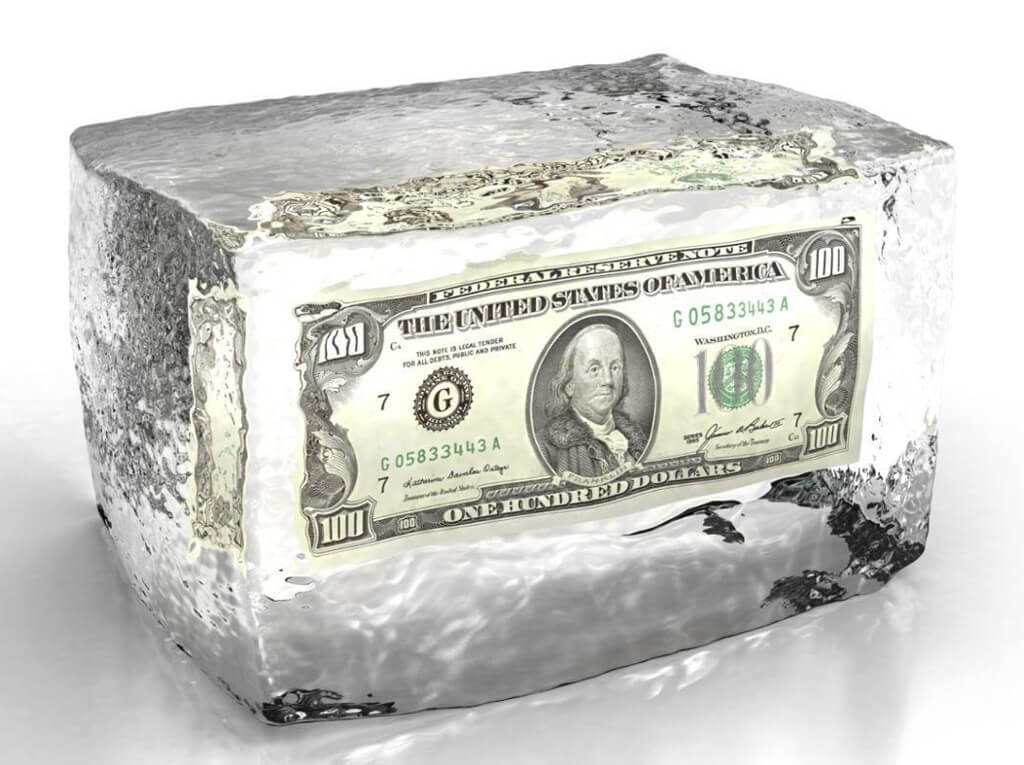
Levy Release
In the event that you fail to pay your taxes or go into debt with the IRS, they can seize your finances and assets using various kinds of Levy. You will need to look at options of having a Levy Release.
One of the most common ways the IRS does this is with a bank levy. A bank levy is the process by which the IRS freezes your bank account and eventually takes funds to cover the money you owe. This can be a terrifying and stressful experience
If the IRS has sent you a Final Notice of Intent to Levy you have 30 days to request an appeal or CPD hearing. Taking one of these two actions will buy you some time to find a resolution with the IRS. If you don’t act quickly, the IRS can come after your account funds and property. Typically the first thing the IRS will do is freeze your bank account and take the funds after a short period. If you don’t have enough funds in your account to cover your debt, the IRS may come after your wages and property as well

If you fail to reach an arrangement within the 30 days of notice from the IRS, the bank levy can take effect. The funds in your account will be frozen and set aside by the bank for 21 days.
On the 22nd day, the bank sends the frozen funds to the IRS. It’s extremely important that you take action in this 21-day period and seek out a bank levy release. You can resolve this by contacting a tax professional or the IRS directly. Getting a bank levy release is difficult but not impossible. Once the 21 day period is over and the IRS has confiscated your funds, it is incredibly difficult to get them back.
